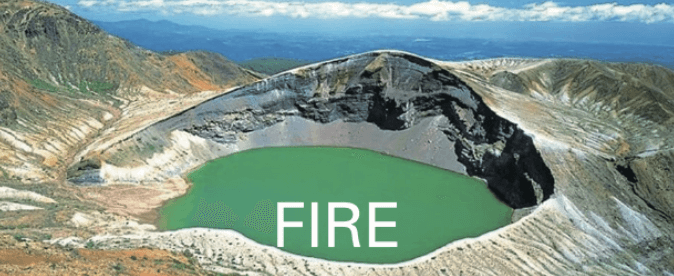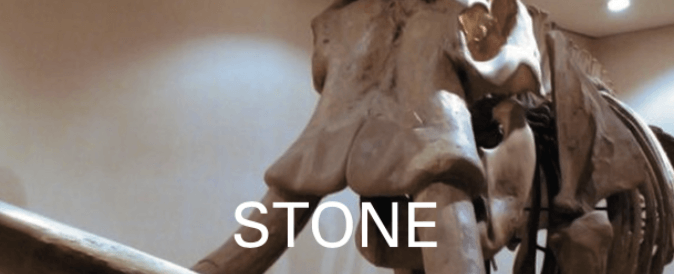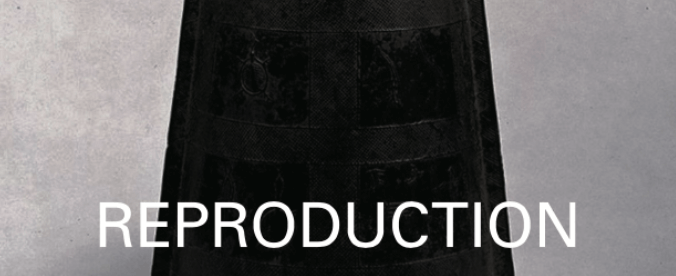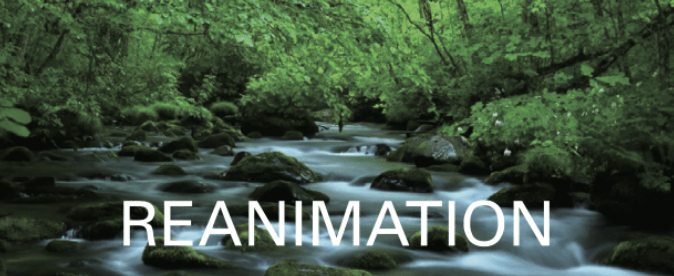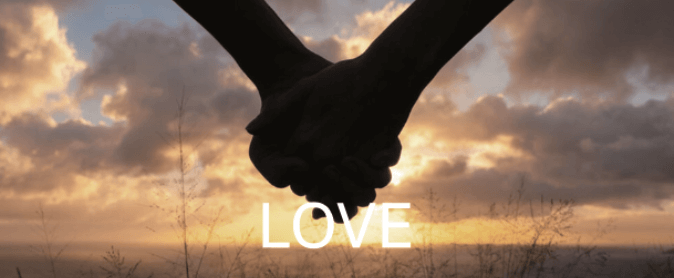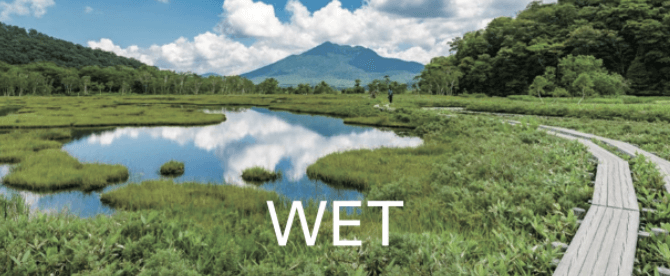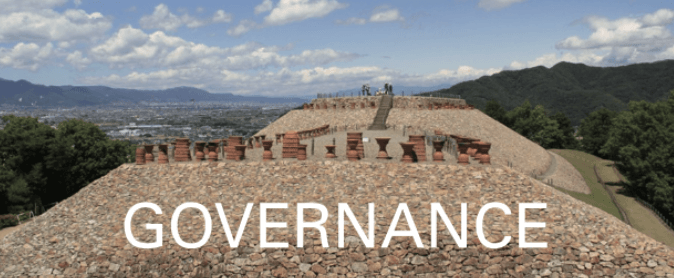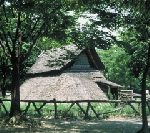
“You see the Japanese farming style during the Yayoi Period” -These are Yayoi period settlements from the 1st Century, on a slightly elevated area, created by the gravel of the Abe River, which was used to develop and cultivate arable lands. Unglazed earthenware with Jomon Patterns were also excavated. Jomon culture and Yayoi culture were layered, which is the Japanese style.
At the Toro site, the remains of houses, raised floor warehouses, and paddies were found. And Woodworking products, stoneware, and Koto, vermilion lacquered Japanese harps, were excavated.
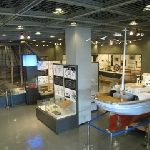
The Oigawa Plain, where rice fields were cultivated and spread, dotted with forests and lakes and small rivers flowed like a net, began to be developed 2000 years ago. Yaizu City has a connection with the tradition to conquer the eastern area in Japan by Yamato Takeru, a prince of Emperor Keiko, a hero in ancient Japan. And this place used to be a transportation hub, which connected the center and the regions.
This museum exhibits excavated items from the ruins, from the Yayoi period (4th century BC – 3rd century) to the Muromachi period (1336 – 1573), and tells the history of Yaizu, which flourished as a transportation hub.

“These lakes and marshes are a great landscape for human life” -This museum is in Misawa City, at the park by Ogawara Lake. Here, you can see Knife-shaped stones from the Paleolithic period 20,000 years ago, clay figures from the early Jomon period, 9,000 years ago, and Lacquered pottery from the final Jomon period, 3,000-2,000 years ago!
This museum is located on a plateau overlooking the mysterious Adanuimuma Lake and marshes adjacent to the Ogawarako Lake, which is the largest lake in Aomori Prefecture. You can observe wild birds and plants, as well as seeing Jomon clay figurines excavated from shell mounds near marshes and wetlands. People started living on the plateau of Misawa City about 20,000 years ago.
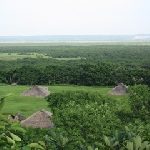
Hokuto Historical remains are located at the 20 meters’ plateau, overlooking the Kushiro Shitsugen Wetlands. That area is east to west 2,500m and north to south 500m. These remains overlap eras, spanning from the paleolithic age through the Jomon, Epi-Jomon, and Satsumon cultures. 10,000 years were overlapped. Shallow circular and elliptical potholes remain from Jomon and Epi-Jomon, along with square potholes from Satsumon cultures.
The museum displays everything from stoneware in the paleolithic age to ironware in Satsumon cultures, textile relics, some weaving tools and excavated seeds of cultivated plants.
